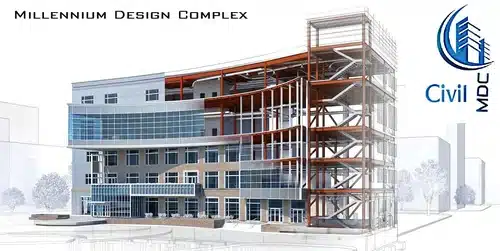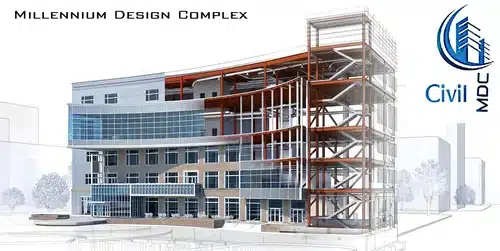Civil Engineering is an ever-evolving field that is pivotal in shaping our modern world. From designing efficient transportation systems to creating sustainable infrastructure, Civil Engineering are at the forefront of developing solutions that improve our quality of life while minimizing environmental impact. In this article, we will explore the sustainable future of civil engineering, focusing on innovative practices and technologies that are revolutionizing the industry.
Green Building Design
One of the most significant shifts in civil engineering is the emphasis on green building design. Sustainability has become a core principle in construction projects, with engineers striving to reduce energy consumption, lower greenhouse gas emissions, and enhance overall efficiency. Green building practices involve designing structures that make the most of natural resources, like sunlight and rainwater, while utilizing renewable materials.
Incorporating features such as solar panels, rainwater harvesting systems, and energy-efficient HVAC systems into building designs is becoming standard practice. These measures reduce environmental impact and lead to long-term cost savings for building owners.

Smart Infrastructure
The Internet of Things (IoT) has brought about the concept of intelligent infrastructure. Civil Engineering are now integrating sensors and data analytics into infrastructure systems to monitor performance, predict maintenance needs, and optimize resource utilization.
For instance, intelligent traffic management systems use real-time data to adjust traffic signal timings, reducing congestion and emissions. Innovative bridges equipped with sensors can detect structural issues early on, preventing catastrophic failures and saving lives.
Sustainable Materials
Traditional construction materials, such as concrete and steel, have a significant environmental footprint due to their energy-intensive production processes. In response, Civil Engineering are exploring alternative, more sustainable materials.
Bamboo, for example, is gaining popularity as a construction material due to its renewability, strength, and low environmental impact. Additionally, researchers are developing “green” concrete that incorporates recycled materials and emits less carbon dioxide during production.
Zero-Energy Buildings
Zero-energy buildings (ZEBs) are a testament to the commitment of Civil Engineering towards sustainability. These buildings generate as much energy as they consume, typically through renewable sources like solar panels and wind turbines. ZEBs reduce the carbon footprint of buildings and contribute excess power back to the grid.
Achieving zero-energy status requires meticulous design and the integration of energy-efficient technologies. As the technology becomes more accessible and cost-effective, we expect to see more ZEBs in our cities.
3D Printing in Construction
3D printing technology has entered the construction industry, enabling engineers to construct complex structures with greater precision and efficiency. Using 3D printers to create building components generates less material waste and significantly reduces construction time.
Moreover, 3D printing allows for innovative designs that were once considered impractical or too costly to execute. This technology has the potential to revolutionize construction, making it more sustainable and cost-effective.

Resilient Infrastructure
In recent years, Civil Engineering have been confronted with the challenges of climate change, including rising sea levels, extreme weather events, and increased flooding. In response, they are designing infrastructure that is resilient to these threats.
This includes elevating buildings in flood-prone areas, designing stormwater management systems to handle increased precipitation, and using materials that can withstand higher temperatures. By prioritizing resilience, Civil Engineering are ensuring that our infrastructure can weather future storms.
Conclusion
The future of civil engineering is undeniably sustainable. Engineers are embracing innovative practices and technologies to reduce environmental impact, increase efficiency, and create a better future for all. As we continue to face the challenges of a changing climate and growing urban populations, the role of Civil Engineering in shaping a sustainable world becomes more critical than ever. Civil engineering is poised to lead toward a brighter, more sustainable future through green building design, innovative infrastructure, sustainable materials, zero-energy buildings, 3D printing, and resilient infrastructure.
Related artricle:
Navigating Complexity: 6 Steps to Establishing a Strong Business Architecture
INTERIOR PAINTING IS NEEDED TO PRESERVE YOUR HOME AND TO ENHANCE THE EFFECT ON THE AESTHETICS OF THE ORIGINAL ARCHITECTURE




